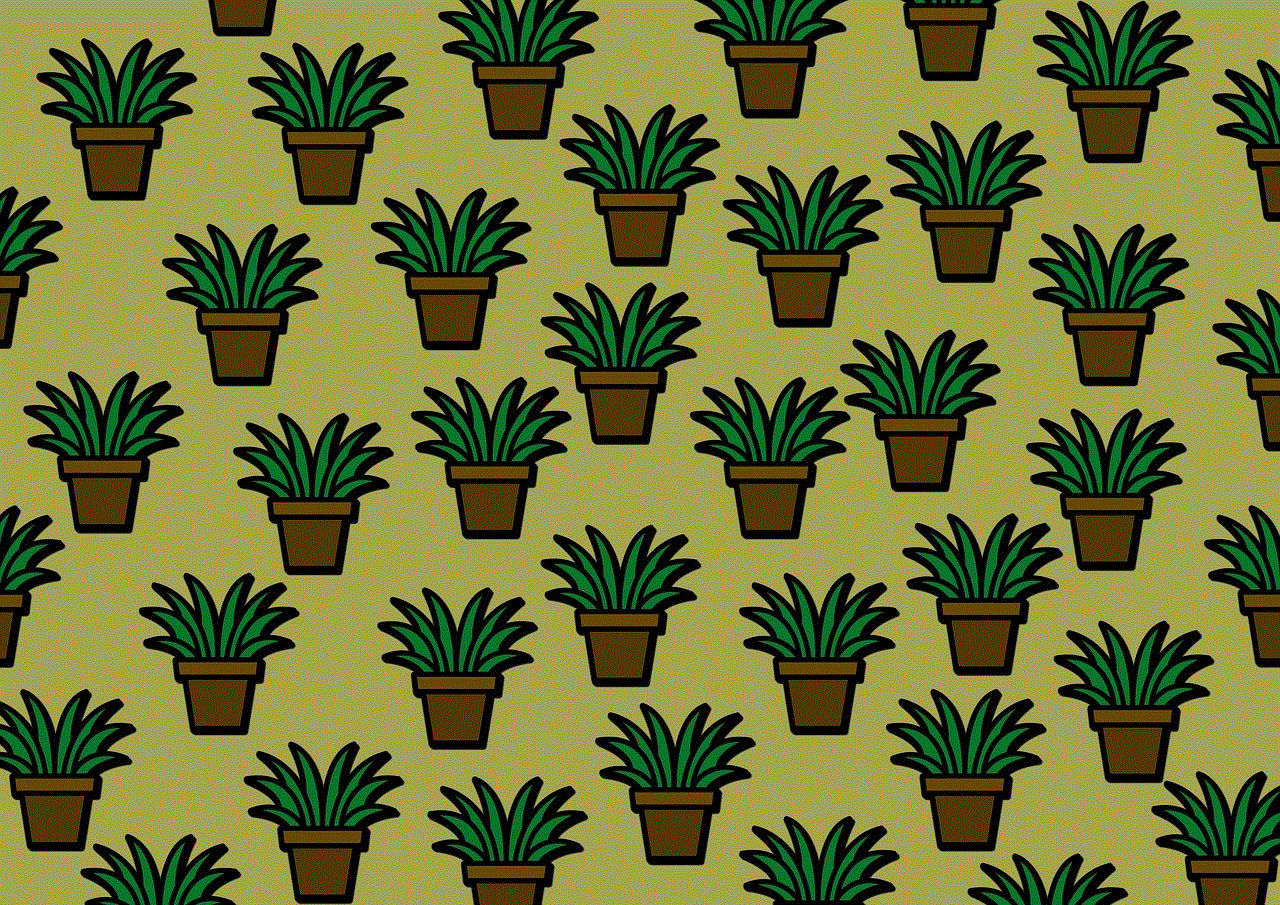suicidal thoughts memes
Memes have become an integral part of internet culture and have the power to convey a wide range of emotions and thoughts. Suicidal thoughts, on the other hand, are a serious and concerning issue that affects millions of people worldwide. It is a topic that needs to be addressed with sensitivity and understanding. However, in recent years, there has been a rise in the use of memes related to suicidal thoughts. These memes often trivialize and make light of a serious mental health issue. In this article, we will delve deeper into the world of suicidal thoughts memes and the impact they have on individuals and society as a whole.
First and foremost, it is important to understand what exactly is meant by the term “suicidal thoughts.” Suicidal thoughts refer to the contemplation of ending one’s own life. It is a complex and multifaceted issue that can arise from various factors such as mental illness, trauma, and personal struggles. According to the World Health Organization, close to 800,000 people die due to suicide every year, making it the second leading cause of death among individuals aged 15-29 years. It is a serious issue that requires attention and support from society.
With the rise of social media and the internet, memes have become a popular form of communication. They are often humorous and relatable, making them a quick and easy way to convey a message. However, when it comes to memes related to suicidal thoughts, things can get problematic. These memes often use humor to portray suicidal thoughts, making them seem like a trivial issue. For instance, a popular meme format uses a picture of a person with a gun to their head with the caption “me trying to decide whether to end it all or just take a nap.” This type of meme not only makes light of a serious issue but also perpetuates the dangerous idea that suicide is a viable option to escape from stress or difficulties in life.
Furthermore, suicidal thoughts memes can also be triggering for individuals who are struggling with mental health issues. Seeing these memes can reinforce negative thought patterns and make individuals feel like their struggles are not being taken seriously. It can also make them feel isolated and misunderstood, which can further exacerbate their mental health issues. Moreover, these memes can also be harmful to individuals who have lost loved ones to suicide. Seeing these memes can be a painful reminder of their loss and can cause them unnecessary distress.
Another concerning aspect of suicidal thoughts memes is that they can normalize and glamorize suicidal behavior. In recent years, there has been a worrying trend of individuals using memes to express their suicidal thoughts. This phenomenon is known as “suicide baiting” and involves individuals posting memes or captions on social media that hint at suicidal behavior, seeking attention or validation from their followers. This type of behavior not only trivializes the seriousness of suicidal thoughts but also puts individuals at risk. It can also lead to copycat behavior, where vulnerable individuals may also engage in similar behavior to seek attention.
Moreover, the use of suicidal thoughts memes can also perpetuate harmful stereotypes and stigmas surrounding mental health. These memes often portray individuals with suicidal thoughts as “crazy” or “attention-seeking,” further marginalizing and isolating those struggling with mental health issues. It also reinforces the idea that seeking help for mental health issues is a sign of weakness, which can prevent individuals from seeking the support they need.
On the other hand, some argue that memes related to suicidal thoughts can serve as a form of coping mechanism for individuals struggling with mental health issues. These individuals may find solace in the fact that they are not alone in their struggles and may use humor as a way to cope with their thoughts and emotions. However, the problem arises when these memes are shared and consumed by a wider audience, who may not understand the seriousness of the issue.
It is also important to note that not all memes related to suicidal thoughts are problematic. Some memes can serve as a way to raise awareness and promote open discussions about mental health. These memes may use humor to address the issue but do so in a respectful and sensitive manner. However, it is crucial to strike a balance between raising awareness and trivializing an issue that affects millions of individuals worldwide.
In addition, the impact of suicidal thoughts memes goes beyond individuals struggling with mental health issues. These memes can also have a negative impact on society as a whole. By trivializing suicidal thoughts, these memes contribute to a culture where mental health is not taken seriously. It can also prevent individuals from seeking help and support, leading to more severe consequences such as suicide. Furthermore, these memes can also perpetuate the idea that it is okay to make light of serious issues, which can have a ripple effect on other topics as well.
In conclusion, it is evident that memes related to suicidal thoughts have the potential to do more harm than good. While some may argue that they serve as a coping mechanism, the impact they have on individuals and society as a whole cannot be ignored. It is important for us to be mindful of the content we share and consume on the internet, especially when it comes to sensitive topics such as mental health. We must educate ourselves and others about the seriousness of suicidal thoughts and the potential consequences of trivializing them. Let us use the power of memes for good, to raise awareness and promote open discussions about mental health rather than perpetuating harmful stereotypes and stigmas. Remember, a meme may seem harmless, but its impact can be far-reaching.
what can you buy with your body count
Body count is a term that has gained popularity in recent years, especially in the media and entertainment industry. It refers to the number of people that an individual has killed or been responsible for their death. While the concept of body count is often associated with violence and crime, it has also become a topic of discussion in the context of material possessions and monetary value. This has led to the question – what can you buy with your body count?
To fully understand this question, we need to delve deeper into the concept of body count and its significance in our society. The idea of keeping track of the number of people one has killed or caused harm to dates back to ancient times. In ancient civilizations, warriors and soldiers would often boast about their conquests and the number of enemies they have defeated. This practice continued through the centuries, and with the rise of organized crime and gang culture, body count became a way to establish dominance and power.
However, in recent years, body count has taken on a different meaning. It has become a measure of success and status, particularly in the music industry. Rappers and hip-hop artists often brag about their body count in their lyrics, using it as a way to gain credibility and street credibility. This has led to a glorification of violence and a dangerous association between body count and material possessions.
So, what can you buy with your body count? The answer to this question is complex and multifaceted. On one hand, having a high body count may give an individual a sense of power and control, which can be translated into material possessions. On the other hand, the consequences of having a high body count can also have a detrimental impact on an individual’s life and their ability to acquire material possessions.
Let’s explore both sides of the argument in more detail.
The idea of using body count to gain material possessions is not a new one. In fact, it has been portrayed in popular culture for decades. One example is the iconic movie Scarface, where the main character, Tony Montana, rises to power and wealth through violence and murder. The infamous line “first you get the money, then you get the power, then you get the women” encapsulates this idea perfectly.



In the music industry, artists like 50 Cent and The Notorious B.I.G have also referenced their body count in their lyrics, linking it to their success and wealth. This has led to a dangerous glorification of violence and a warped perception that having a high body count is a measure of success.
In this context, it can be argued that with a high body count, an individual can buy material possessions such as expensive cars, jewelry, and designer clothes. These items are often seen as symbols of wealth and success, and having them can elevate an individual’s social status. Furthermore, having a high body count can also give an individual access to exclusive events and parties, where they can rub shoulders with other celebrities and affluent individuals.
Moreover, with a high body count, one can also buy protection and security. In organized crime, having a high body count can establish an individual’s reputation and deter rival gangs from targeting them. This can provide a sense of security and allow them to continue their criminal activities without fear of retaliation.
However, the idea that one can buy material possessions with their body count is flawed and dangerous. Firstly, it feeds into the toxic belief that violence and criminal activities are a means to success, leading to a perpetuation of violent behavior. Moreover, the consequences of having a high body count can have a detrimental impact on an individual’s life and future prospects.
One of the most significant consequences of having a high body count is the possibility of facing criminal charges and imprisonment. In many countries, murder and other violent crimes carry severe penalties, including life imprisonment and even the death penalty. This means that individuals with a high body count are at risk of losing their freedom and liberty, which can have a significant impact on their ability to acquire material possessions.
Furthermore, having a high body count can also lead to a life of constant fear and paranoia. The fear of retaliation from rival gangs or law enforcement can prevent individuals from enjoying their wealth and material possessions. This can also result in a constant need for security and protection, which can be costly and unsustainable in the long run.
Moreover, the psychological impact of having a high body count should not be overlooked. The guilt, trauma, and remorse that comes with taking someone’s life can have a profound effect on an individual’s mental health. This can lead to a downward spiral of self-destructive behavior and substance abuse, further hindering their ability to acquire material possessions.
In addition to these consequences, the idea of equating body count with material possessions also perpetuates toxic masculinity and gender stereotypes. This is particularly evident in the hip-hop industry, where male artists often use their body count and violent behavior to establish their masculinity and street credibility. This not only perpetuates harmful ideas about what it means to be a man but also sends a dangerous message to young and impressionable minds.
In conclusion, the question of what can you buy with your body count is a complex one. While it may seem like having a high body count can lead to material possessions and a luxurious lifestyle, the reality is far from it. The consequences of having a high body count can have a detrimental impact on an individual’s life and their ability to acquire material possessions. Moreover, it perpetuates harmful ideas and stereotypes, leading to a culture of violence and glorification of criminal activities. Therefore, instead of associating body count with material possessions, we should focus on promoting a culture of peace and non-violence.
not a cell phone in sight memes



“Not a Cell Phone in Sight” Memes: A Reflection of Our Relationship with Technology
In today’s world, it seems almost impossible to go a day without seeing a cell phone in someone’s hand. Whether it’s checking emails, scrolling through social media, or simply making a call, cell phones have become an integral part of our daily lives. However, there is a growing trend on the internet that is gaining popularity – “Not a Cell Phone in Sight” memes. These memes feature images of people in various settings, all without a cell phone in sight. While they may seem like harmless jokes, they actually reflect a deeper issue – our relationship with technology.
The first question that comes to mind when seeing these memes is, why are they so popular? The answer lies in the fact that they provide a sense of nostalgia and longing for a simpler time. Before the advent of smartphones, people used to interact with each other face-to-face, and activities like reading a book, playing a board game, or going for a walk were more common. These memes tap into those memories and evoke a sense of longing for a time when technology wasn’t so prevalent in our lives.
The rise of “Not a Cell Phone in Sight” memes could also be seen as a backlash against our over-reliance on technology. With the constant need to be connected and the fear of missing out on something, many of us have become addicted to our phones. We feel the need to constantly check for notifications, respond to messages, and keep up with the latest updates. These memes serve as a reminder that it’s okay to disconnect from technology and enjoy the present moment.
Moreover, these memes also highlight the growing issue of smartphone addiction. According to a study by Common Sense Media, 50% of teens feel addicted to their phones, and 59% of parents feel their teens are addicted to their devices. The constant use of smartphones has been linked to a decrease in social skills, an increase in anxiety and depression, and a decrease in productivity. These memes serve as a wake-up call for us to reflect on our own relationship with technology and make necessary changes.
Another aspect of these memes is the commentary on our society’s obsession with documenting every moment of our lives. With the rise of social media, we have become consumed with capturing and sharing every aspect of our lives, from what we eat to where we travel. The “not a cell phone in sight” memes remind us that it’s okay to enjoy a moment without feeling the need to capture it for others to see. It’s a reminder to be present in the moment and not just live for the approval of others on social media.
The popularity of these memes also speaks to the growing concern about the negative effects of technology on our mental health. With the constant bombardment of information and the pressure to constantly be connected, many of us feel overwhelmed and anxious. These memes provide a sense of relief and humor in a world where technology can sometimes feel suffocating. They allow us to laugh at ourselves and the absurdity of our obsession with technology.
On a deeper level, these memes also raise questions about the impact of technology on our relationships. With the rise of social media, we have become more connected than ever, but at the same time, our relationships have become more superficial. We communicate through screens, and our interactions lack the depth and intimacy that comes with face-to-face communication. The “not a cell phone in sight” memes serve as a reminder that true connection and meaningful relationships require more than just a screen.
It’s also worth noting that these memes are not just limited to cell phones. They also feature other forms of technology, such as laptops, tablets, and gaming devices. This highlights the fact that it’s not just cell phones that are consuming our lives, but technology in general. We have become reliant on technology for entertainment, information, and even basic tasks, and these memes serve as a reminder to create a balance in our use of technology.



In conclusion, the rise of “Not a Cell Phone in Sight” memes is a reflection of our complicated relationship with technology. They serve as a commentary on our over-reliance, addiction, and obsession with technology. They also remind us to disconnect and enjoy the present moment, and to reevaluate the impact of technology on our mental health and relationships. While these memes may be humorous, they also bring attention to a serious issue and urge us to find a healthier balance in our use of technology. So the next time you see a “not a cell phone in sight” meme, take a moment to reflect on your own relationship with technology and make a conscious effort to disconnect and reconnect with the world around you.
